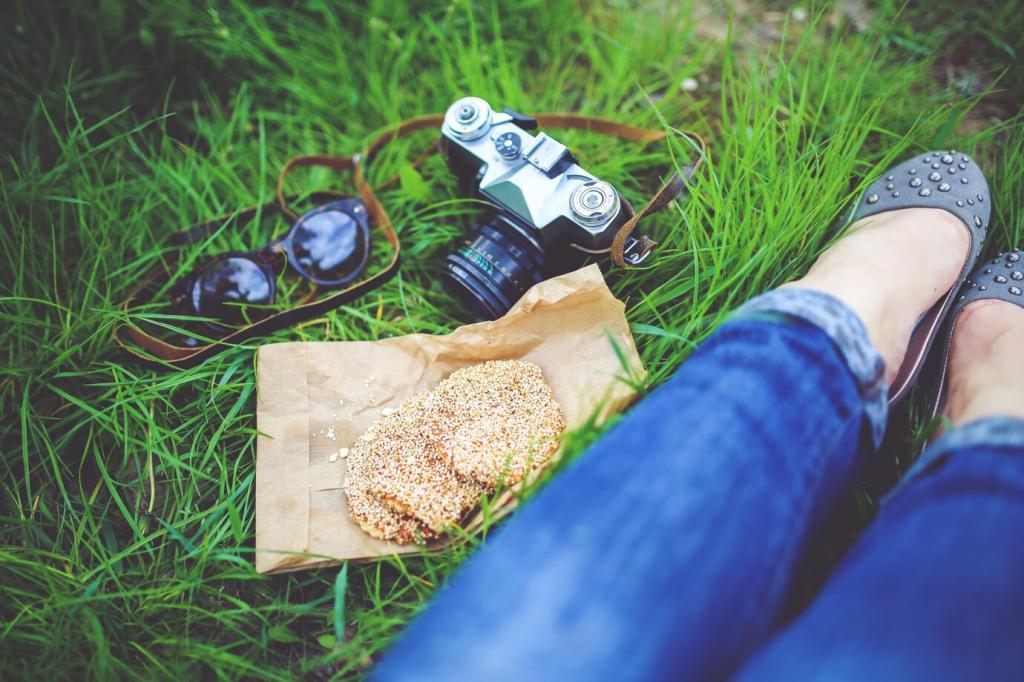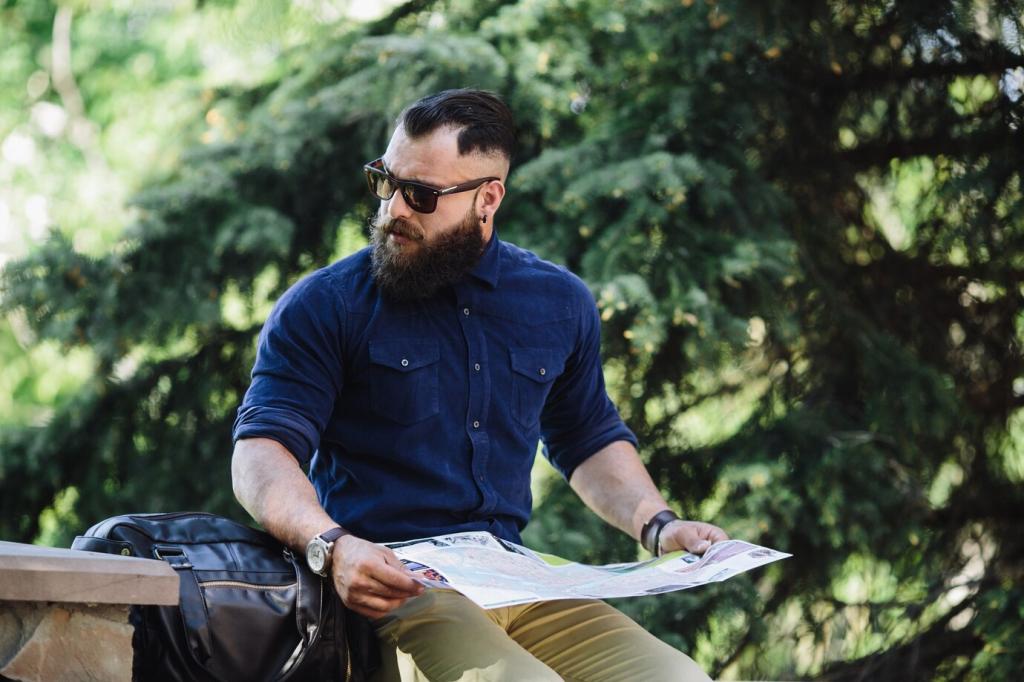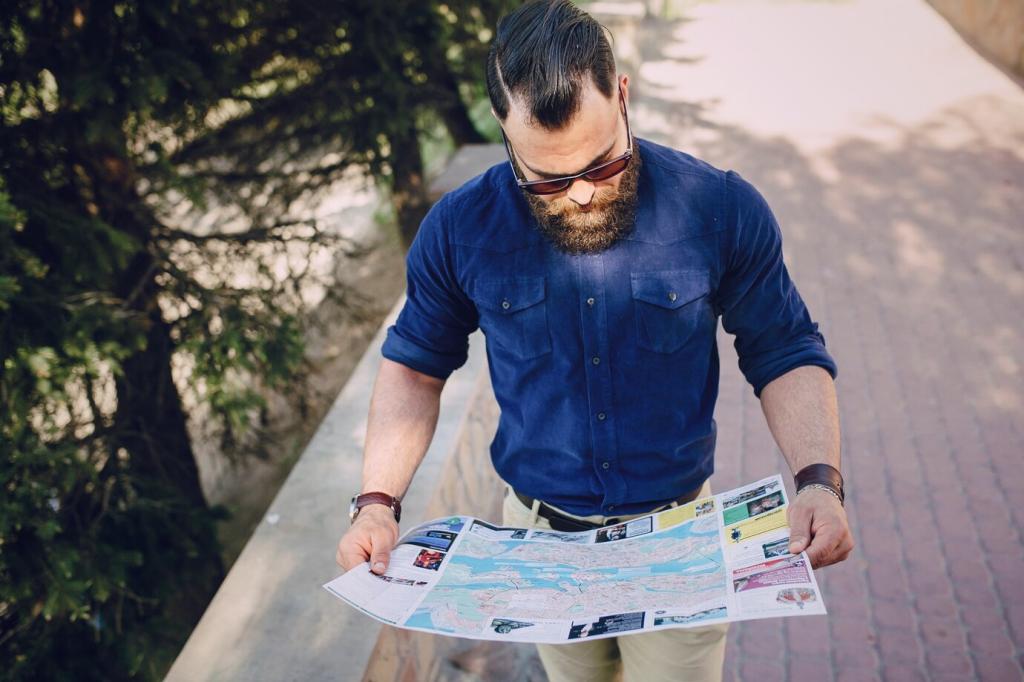
Winter Wonderland: Designing Snowy Landscapes
Welcome to Winter Wonderland: Designing Snowy Landscapes, a creative deep dive into crafting vivid, emotionally resonant scenes of ice, frost, and drifting snow. Today’s chosen theme guides every section, from color decisions to storytelling, so you can design winter worlds that feel alive. Read on, share your ideas, and subscribe for more snowy inspiration.
Texture Tales: Powder, Crust, and Drift
Powder swirls softly around boots, wind crust shatters with a brittle crack, and drifts sculpt sharp edges that catch low sunlight. Render these differences with varied edges, brush pressure, and careful highlights. Notice footprints and sled tracks; they are instant storytelling cues that guide the eye and hint at recent movement. Share your sketches with us and compare how textures change mood.
Temperature and Humidity in Every Brushstroke
Cold, dry mornings make squeaky powder and crisp shadows, while warmer afternoons turn snow heavy, reflective, and slightly translucent. Mist adds haloed lights; hoarfrost adds sparkle. Suggest temperature through color temperature shifts and softer, wider edges in humid air. Tell us in the comments how your local climate shapes the snow you see, and join our updates for weekly field prompts.
Albedo, Contrast, and the Whisper of White
Fresh snow often reflects a high percentage of light, creating dazzling scenes and subtle midtones. Avoid pure white everywhere; instead weave gentle blues, violets, and muted grays to show form. Use selective contrast to anchor focal points and preserve a believable glow. Try a study today and tag us; we love featuring reader experiments with nuanced whites.
Snow absorbs sky color, bouncing cool cyan in shadows and reflecting warm sun in highlights. Layer transparent cools under warm glazes to achieve depth without muddiness. Think of snow as colored light rather than blank white paint. Drop your favorite shadow mixes in the comments, and subscribe to receive our seasonal palette cards.

Composing in White: Depth, Scale, and Rhythm
Open fields of untouched snow communicate serenity and suspense. Use broad, unbroken shapes to create breathing room for the eye. Balance emptiness with a single bold element, like a cabin or spruce, to deliver contrast. Show us your most minimal winter frame, and describe how the silence changes the story.
Ski tracks, fences, and frozen streams naturally draw viewers into the scene. Curve these paths to reveal layers of distance and subtle elevation changes. Echo their rhythm with cloud bands or drifting spindrift. Try sketching three thumbnail variations and share your favorite composition choice with a short note on why it works.
Without reference, winter expanses feel abstract. Place a tiny figure, a chimney puff, or a line of footprints to suggest scale and human presence. Keep them small to preserve grandeur. Comment with your go-to scale marker, and subscribe to get our printable composition grids tailored for snowy scenes.

Traditional Techniques That Shine
Watercolor blooms and gouache opaques are perfect partners for snow. Use masking fluid for crisp highlights and salt for crystalline texture. Drybrush across rough paper to suggest wind-etched crusts. Share your favorite paper weight and brush size with us; we will compile reader picks into a handy reference guide.
Digital Brushwork and Layer Magic
Soft round brushes simulate mist, while textured brushes mimic granular snow. Explore screen, overlay, and color dodge for luminous glints. Add subtle noise for believable atmosphere. Post a quick screen recording of your process, and join our mailing list for free winter brush presets next month.
Field Notes in the Cold
Cold drains batteries fast, gloves blunt dexterity, and breath fogs lenses. Pack hand warmers, keep sketchbooks small, and capture thumbnails before the light flips. Tell us your most surprising winter field tip, and subscribe for our checklist made specifically for subzero sketch days.
Narrative in Snow: Mood, Memory, and Meaning
Think back to a childhood sled ride or a first dawn hike over fresh powder. Translate the feeling into color temperature and pacing. Slow, broad shapes calm; sharp contrasts energize. Share a short memory that inspires your palette, and we may feature your story alongside a community artwork.
Narrative in Snow: Mood, Memory, and Meaning
Snow muffles distant noise but amplifies close textures, like the crunch under boots or a twig snapping. Suggest this with tighter detail near the foreground and softened background edges. Tell us what your winter scene should sound like, and subscribe for our audio references to paint by.
Narrative in Snow: Mood, Memory, and Meaning
A lost mitten, a smoking chimney, or a single lantern invites questions and viewer participation. Place such symbols strategically to spark curiosity. What tiny mystery would you add to your snowy landscape? Comment your idea, and let’s build a prompt list together.
Choreographing Light: Blue Hour, Gold Edge, and Night Glow
In the minutes before sunrise and after sunset, snow leans toward luminous cobalt and violet. Keep highlights cool and reserve the warmest notes for windows or distant clouds. Try a three-value blue hour study and share your results; we will send feedback prompts to subscribers.
Choreographing Light: Blue Hour, Gold Edge, and Night Glow
Low winter sun rakes across surface crystals, igniting edges and revealing micro-relief. Backlighting makes snow sparkle; rim light outlines pines like bright embroidery. Practice a rim-light exercise today and tell us which brush or tool captured the effect best.


Responsible Winter: Ethics, Environment, and Longevity
Stick to established paths, avoid trampling crusts that protect subnivean habitats, and leave sites as untouched as you found them. In art, depict stewardship kindly. Share your responsible field habits, and help us compile a community guide to mindful winter sketching.

